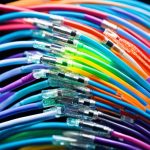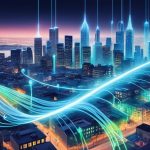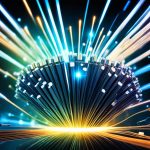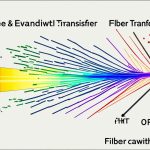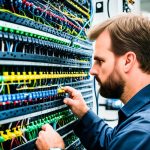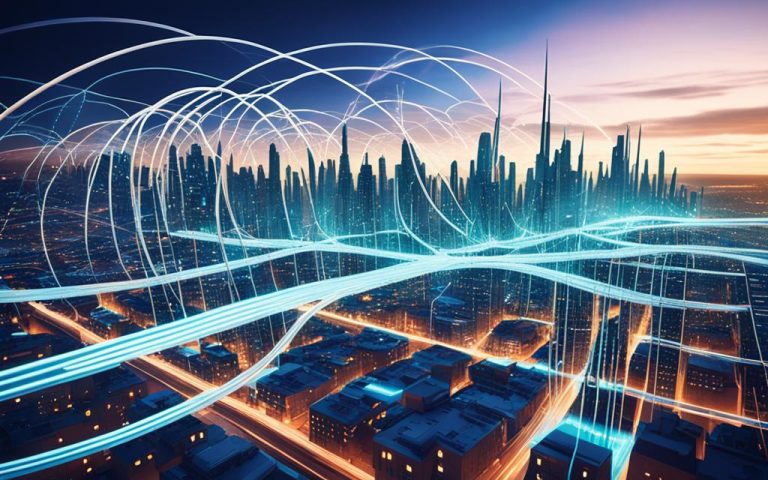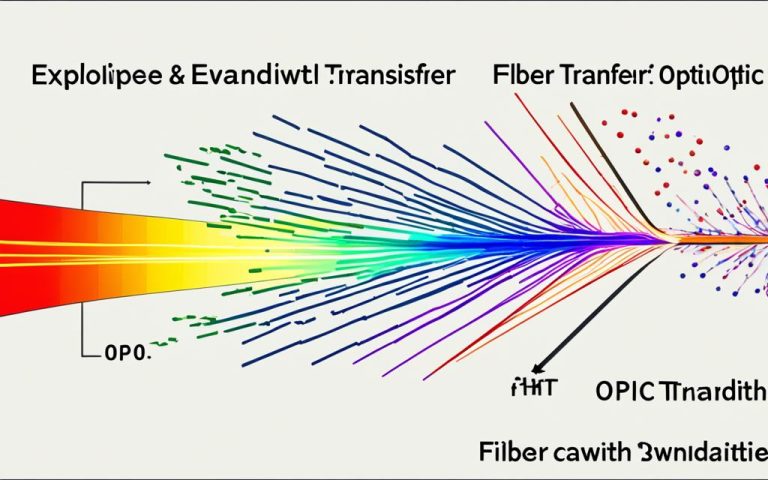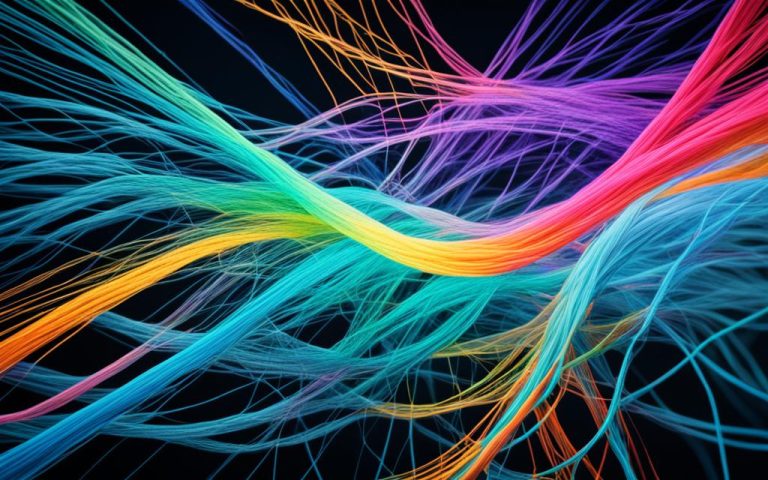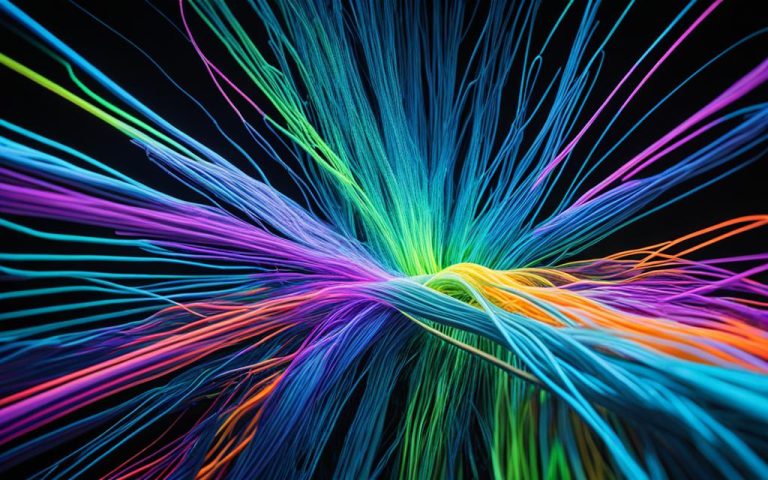Discover how fiber optics revolutionize education technology, transforming the way we learn and connect. In this article, we explore the remarkable impact of fiber optics in education, from enhancing connectivity to enabling innovative learning experiences. Join us on a journey to understand the different types of fiber optics and their contributions to the future of education.
As education technology continues to evolve, the demand for fast and reliable connectivity has become paramount. Fiber optics, with their thin, transparent fibers, are at the forefront of this transformation. They enable the transmission of data at high speeds, empowering students and educators with seamless access to information and resources.
Whether it’s during virtual classrooms, online research, or distance learning, fiber optics play a vital role in enabling effective communication and collaboration. With their ability to transmit vast amounts of data quickly, they have become the backbone of education networks, supporting the increasing demand for multimedia-rich content and data-intensive applications.
Join us in the upcoming sections to delve deeper into the world of fiber optics in education. We will explore the different types of fiber optics, the contributions of visionary engineers like Dr. Thomas Mensah, and the advantages they offer over traditional copper cables. By the end of this article, you will gain a comprehensive understanding of the transformative impact of fiber optics on education technology and its limitless potential for the future.
Understanding Fiber Optics in Education
Fiber optics used in education are primarily end emitting and side emitting fibers. These types of fibers play a crucial role in facilitating high-speed data transmission and enhancing learning experiences in educational settings.
End emitting fibers are characterized by their bright points of light at the ends. They are thin and stiff, enabling precise control over individual points of light. This makes them particularly suitable for directing light to specific locations or objects within an educational project or experiment.
Side emitting fibers, on the other hand, have a unique cladding that allows light to gradually escape along the length of the fiber. This creates a diffused glow, which is useful in applications where a broader spread of light is desired. Side emitting fibers are commonly used in projects involving decorative lighting, signage, and artistic displays.
Both types of fibers have their own advantages and are utilized in various educational projects and systems. For instance, end emitting fibers are often used in interactive whiteboards, where precise touchpoints are needed to capture user inputs. Side emitting fibers, on the other hand, are popular in architectural lighting installations, science exhibitions, and immersive learning experiences.
By harnessing the power of different types of fiber optics, educational institutions can create engaging and immersive environments that stimulate curiosity and encourage active participation from students.
Benefits of End Emitting Fibers:
- Offers precise control over individual points of light
- Enables targeted illumination in educational projects and experiments
- Well-suited for interactive whiteboards and touch-sensitive displays
Benefits of Side Emitting Fibers:
- Creates a diffused glow for a broader spread of light
- Useful in architectural lighting installations and artistic displays
- Enhances immersive learning experiences
Understanding the types of fiber optics used in education is essential for educators and technology professionals seeking to leverage their advantages in educational settings. By incorporating both end emitting and side emitting fibers into their projects, educational institutions can unlock new possibilities in student engagement and innovative learning methodologies.
| Type of Fiber Optics | Advantages |
|---|---|
| End Emitting Fibers | Precise control over individual points of light Targeted illumination for specific educational projects Suitable for interactive whiteboards and touch-sensitive displays |
| Side Emitting Fibers | Creates a diffused glow for broader spread of light Useful in architectural lighting installations and artistic displays Enhances immersive learning experiences |
The Contributions of Dr. Thomas Mensah in Fiber Optics
Dr. Thomas Mensah, a visionary engineer, has made remarkable contributions to the field of fiber optics, leaving behind a lasting engineering legacy. With his innovative ideas and groundbreaking research, Dr. Mensah revolutionized the way we understand and utilize fiber optics in various industries, including telecommunications and education technology.
One of Dr. Mensah’s notable achievements was his role in developing processes for manufacturing high-performance optical fibers. By improving the efficiency and cost-effectiveness of fiber optic production, he paved the way for advancements in telecommunications infrastructure and connectivity. These innovations have not only transformed the way we communicate but have also made telecommunications more accessible on a global scale.
Furthermore, Dr. Mensah’s passion for education and mentorship has had a profound impact on inspiring future generations of engineers and scientists. His dedication to sharing knowledge and nurturing talent has fostered a new wave of innovators in the field of fiber optics, ensuring the continuous growth and development of this technology.
Dr. Mensah’s contributions have not only pushed the boundaries of fiber optics innovation but have also created pathways for others to follow in his footsteps.
Through his groundbreaking work, Dr. Mensah has solidified his place as a pioneer in the field of fiber optics. His engineering legacy serves as an inspiration to aspiring engineers and scientists, demonstrating the power of innovation and the ability to make a lasting impact on society.
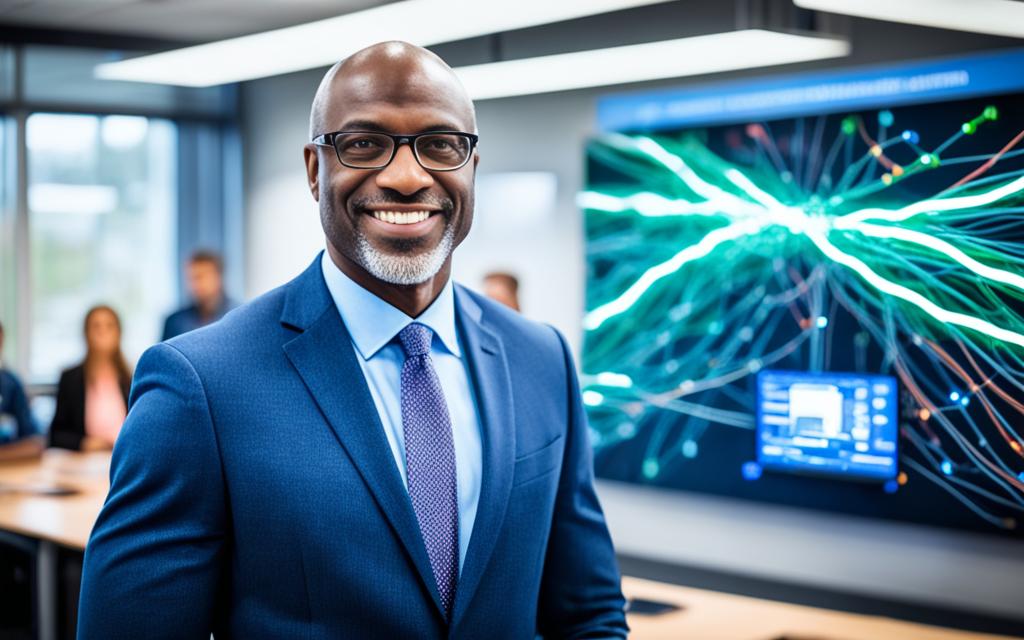
Innovations by Dr. Thomas Mensah
- Development of efficient manufacturing processes for high-performance optical fibers
- Advancements in telecommunications infrastructure and connectivity
- Mentorship and inspiration for future generations of engineers and scientists
Dr. Mensah’s ability to push the boundaries of fiber optics innovation has opened up new possibilities in various industries, making him a true pioneer in the field.
| Advancements | Impact |
|---|---|
| Efficient manufacturing processes | Improved cost-effectiveness and accessibility of fiber optics |
| Telecommunications infrastructure | Enhanced connectivity on a global scale |
| Education and mentorship | Inspiring future generations of engineers and scientists |
Fiber Optics vs. Copper in Education Technology
Fiber optics have proven to be superior to copper cables in education technology, offering a range of advantages that contribute to enhanced connectivity and improved learning experiences. The increased bandwidth and greater reach of fiber optics make them the ideal choice for handling the exponential growth in data generated by connected devices in educational settings.
Compared to copper cables, fiber optics provide the necessary capacity to support high-speed data transmission, ensuring that educators and students can access and share information quickly and efficiently. This increased bandwidth allows for seamless video streaming, online collaboration, and access to cloud-based resources, transforming the way education is delivered.
With fiber optics, educational institutions can tap into a world of opportunities, offering interactive virtual classrooms, remote learning initiatives, and personalized online courses. The advantages of fiber optics are not only limited to high-speed connectivity but also extend to security and reliability.
Fiber optic cables are immune to electromagnetic and radio-frequency interference, ensuring stable and uninterrupted connections. This reliability allows for uninterrupted virtual classrooms, webinars, and video conferencing sessions, enabling a seamless learning experience regardless of geographical location.
Furthermore, fiber optics provide enhanced security for data transmission in education technology. Unlike copper cables, fiber optic signals are difficult to tap into, offering a higher level of privacy and protection. This is especially crucial when handling sensitive student information and proprietary educational resources.
In addition to their performance advantages, fiber optics are also environmentally friendly. They consume less energy compared to copper cables, resulting in reduced carbon emissions and making them a sustainable choice for educational institutions committed to minimizing their carbon footprint.
Advantages of Fiber Optics:
- Higher bandwidth and capacity for handling increasing data demands
- Greater reach for improved connectivity across campuses and remote locations
- Immunity to electromagnetic and radio-frequency interference
- Enhanced security and privacy for data transmission
- Energy-efficient and environmentally friendly

The advantages of fiber optics over copper cables make them the standard choice for LAN backbone infrastructure and data center connectivity in education technology. As educational institutions continue to embrace digitalization and technological advancements, fiber optics play a crucial role in enabling innovative and immersive learning experiences.
Conclusion
Fiber optics have revolutionized education technology, paving the way for remarkable advancements in the field. By providing reliable and high-speed connectivity, fiber optics enhance learning experiences and open up new possibilities for students and educators.
The various types of fiber optics, such as end emitting and side emitting fibers, play a crucial role in delivering efficient and focused light sources, creating a more immersive and engaging learning environment.
The visionary contributions of individuals like Dr. Thomas Mensah have accelerated the development and accessibility of fiber optics. Dr. Mensah’s innovations in manufacturing processes have made fiber optics more efficient and cost-effective, fostering global connectivity and empowering students worldwide.
As technology continues to advance, fiber optics will undoubtedly shape the future of education. With their ability to support high-speed data transmission, fiber optics drive the evolution of e-learning platforms, virtual reality applications, and interactive classroom experiences. By embracing fiber optics, education systems can ensure that students have access to the cutting-edge technologies needed to thrive in the digital era.
FAQ
What are fiber optics?
Fiber optics are thin, transparent fibers made of glass or plastic that enable high-speed data transmission.
How do fiber optics enhance education technology?
Fiber optics revolutionize education technology by providing fast and reliable connectivity for various educational applications.
What are the different types of fiber optics used in education?
The primary types of fiber optics used in education are end emitting fibers and side emitting fibers.
What are the advantages of end emitting fibers?
End emitting fibers have bright points of light at the ends and are thin and stiff, making them suitable for directing individual points of light.
What are the advantages of side emitting fibers?
Side emitting fibers have a cladding that allows light to gradually escape along the length of the fiber, creating a diffused glow.
Who is Dr. Thomas Mensah and what is his contribution to fiber optics?
Dr. Thomas Mensah is a visionary engineer who made significant contributions to the field of fiber optics, developing processes for manufacturing high-performance optical fibers and making them more efficient and cost-effective.
How have fiber optics improved education technology compared to copper cables?
Fiber optics outperform copper cables in education technology due to their higher bandwidth, greater reach, security, immunity to interference, and environmental friendliness.



